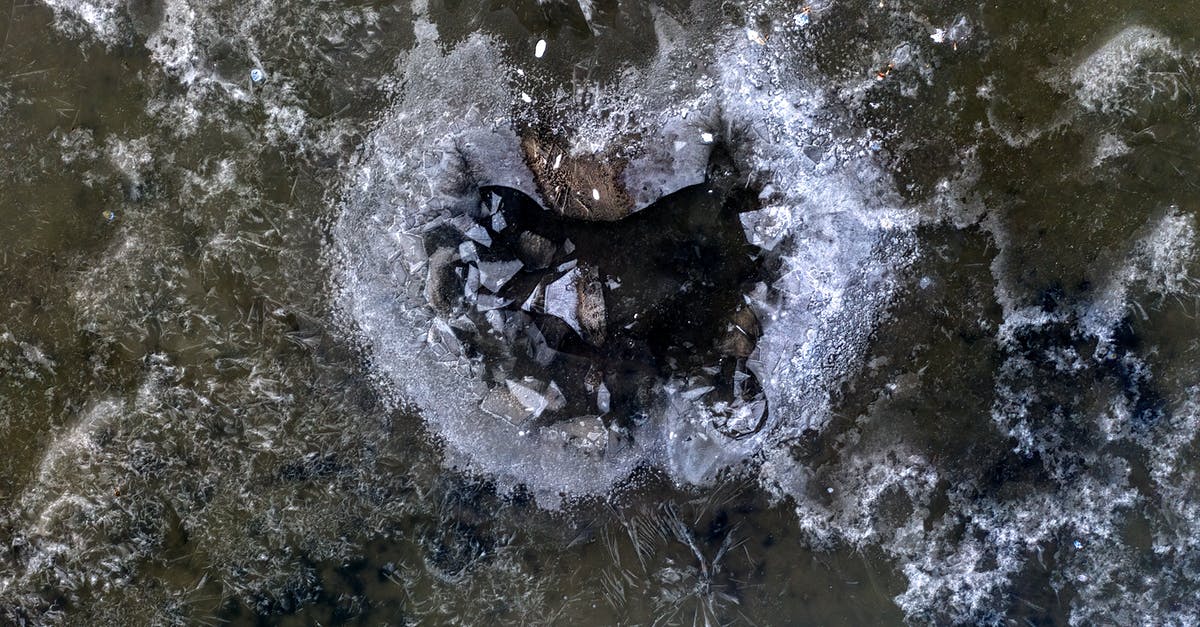Dealing with frozen ground beef

Last night, I had a small disagreement with my mother. She asked me to cook beef tacos for dinner. However, upon getting to the kitchen, I saw that the ground beef I was going to use was not fully thawed, there was still a good chunk of beef that was frozen together. Naturally, I didn't want to cook it as it would cook unevenly. She told me to start with the sauté but put it on low heat so the frozen chunk would get thawed and it would break apart. She also noted that cooking it in low heat prevents the unfrozen parts from getting overcooked.
Now my question is, is that actually a sound cooking method? Wouldn't cooking meat on a low heat be bad for the meat as they wouldn't get a good color on them which means they wouldn't get good flavor? On a normal day, I'd allow my ground beef to fully thaw, get on room temperature, season, then sauté.
Best Answer
There is a common misconception that you should absolutely never cook meat from frozen or near-frozen. This is incorrect. I would also not recommended putting any meat on a low heat to thaw it out - you are asking for tough meat at best and food poisoning at worst.
The aim when cooking meat is to bring the internal temperature up to a safe level for a sufficient amount of time that any pathogens are destroyed. When you're talking about a large roasting joint, then it is absolutely a good idea to fully thaw it (in the refrigerator), because it takes a relatively long time for the indirect heat of an oven to get to the centre of the meat.
However, with smaller cuts of meat you intend to cook with direct heat, cooking from frozen or near-frozen conditions is absolutely fine, provided you take extra care to ensure it is properly cooked. For example, there is no problem with slicing a chicken breast when it is still partially frozen (in fact it's easier to slice) and sauteeing it straight away. In fact, you can buy frozen, pre-sliced chicken that you fry straight from solid frozen.
With your ground beef, provided the centre was not so rock solid that you couldn't break it apart, you would have had no problem simply frying it as normal, though it may well have taken a little longer to get up to a sizzle. If it was rock solid, you could speed up the thaw by wrapping in plastic wrap and running it under cool water for a while.
Furthermore, there is virtually no benefit in bringing meat to room temperature. Even for small cuts like steak, the amount of time needed to bring it anywhere near room temperature will put it well in the zone where you should think about throwing it out, according to the USDA.
I pulled a single 15-ounce New York strip steak out of the refrigerator, cut it in half, placed half back in the fridge, and the other half on a ceramic plate on the counter. The steak started at 38°F and the ambient air in my kitchen was at 70°F. I then took temperature readings of its core every ten minutes.
After the first 20 minutes—the time that many chefs and books will recommend you let a steak rest at room temperature—the center of the steak had risen to a whopping 39.8°F. Not even a full two degrees. So I let it go longer. 30 minutes. 50 minutes. 1 hour and 20 minutes. After 1 hour and 50 minutes, the steak was up to 49.6°F in the center. Still colder than the cold water comes out of my tap in the summer, and only about 13% closer to its target temperature of a medium-rare 130°F than the steak in the fridge.
and in terms of the effect on cooking:
So when searing a steak, the vast majority of energy that goes into it is used to evaporate moisture from its surface layers. Next to that energy requirement, a 20, 30, or even 40 degree difference in the temperature of the surface of the meat is a piddling affair.
Pictures about "Dealing with frozen ground beef"



Quick Answer about "Dealing with frozen ground beef"
Thaw in cool water. Set the zip-top bag with the frozen meat in a sink or large bowl, cover with cold water, and weigh the package of meat down with something heavy, like a skillet or big platter. You want to keep the meat submerged in the cold water. The meat should thaw in less than 15 minutes; cook immediately.Is it safe to cook ground beef from frozen?
The key to cooking ground beef straight from the freezer is to make sure you cook it at adequately high temperatures. This means keeping it out of the \u201cdanger zone\u201d\u2014the temperature range of 40\xb0F to 140\xb0F, where bacteria grow most rapidly.Do you have to thaw frozen ground beef before cooking?
If you're in a hurry or you forgot to thaw meat ahead of time, it's safe to cook meat directly from the freezer. Allow extra time because cooking time might be up to 50 percent longer or about 10 to 20 more minutes for each 1 lb. of meat.How can I defrost ground beef quickly?
For days when what to make for dinner is the last thing on your mind, you can use the microwave to quickly defrost ground beef. Remove all packaging, then place the meat on a plate and microwave it at 50% power for 2 to 3 minutes, rotating and flipping the beef every 45 seconds, until it is fully thawed.Easy Ground Beef from Frozen
More answers regarding dealing with frozen ground beef
Answer 2
When I have ground beef still frozen in the center, I simply remove the outer defrosted part, put back in fridge, put the partially frozen clump in the pan and sauté until it easily breaks apart, then add the rest of the beef. Easy peasy and apparently safe, as I've done this often over many years.
Answer 3
I use frozen ground meat a lot. It is always wonderful! My secret...... I place water in the skillet season the upside especially in the water. Turn meat over chop off the meat that is barely cooked and repeat. It all cooks evenly and yes it takes time to simmer off the excess moisture. When the meat is chopped and browsing very well just drain it.
Sources: Stack Exchange - This article follows the attribution requirements of Stack Exchange and is licensed under CC BY-SA 3.0.
Images: Tom Fisk, Markus Spiske, Julia Volk, Nico Becker
